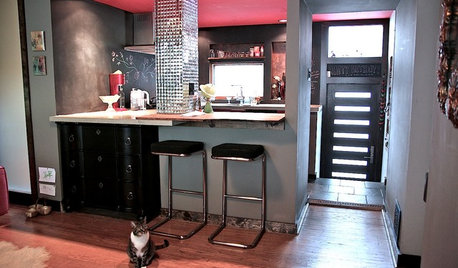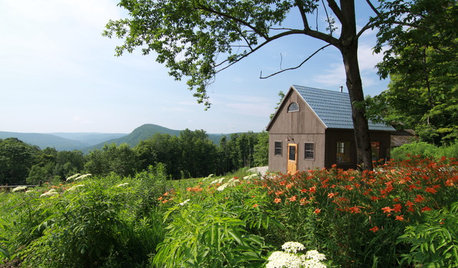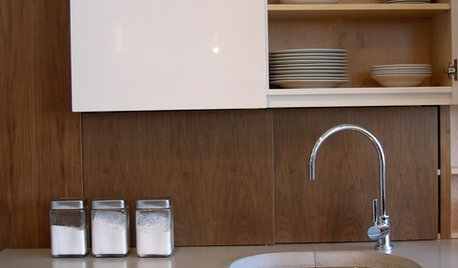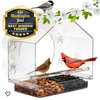How to teach composting?
susan_z5_mo
20 years ago
Related Stories

EDIBLE GARDENSNatural Ways to Get Rid of Weeds in Your Garden
Use these techniques to help prevent the spread of weeds and to learn about your soil
Full Story
HOUSEPLANTSHow to Force Amaryllis Bulbs Indoors
Enjoy vibrant red blossoms even as gardens turn snowy white, by teaching this hardy repeat performer to ignore the calendar
Full Story
HOUZZ TOURSHouzz Tour: For the Love of a Cat in Philadelphia
Pet-friendly features integrated into a mod, eclectic and colorful home mean everyone in the family is happy
Full Story
LIFEBack to the Future of the House
Can the low-tech dwellings of the past offer design lessons for homes to come? A palace curator and book author says yes
Full Story
GARDENING GUIDESNew Ways to Think About All That Mulch in the Garden
Before you go making a mountain out of a mulch hill, learn the facts about what your plants and soil really want
Full Story
CABINSRoom of the Day: Timber-Frame Cabin Inspires Couple’s Creative Pursuits
This work studio, built in a simple vernacular architectural style, sits near a couple's rural home in the Berkshire mountains
Full Story
KITCHEN WORKBOOK8 Kitchen Amenities You'll Really Wish You Had
Keep kitchen mayhem and muck to a minimum with these terrific organizers and other time-saving, mess-preventing features
Full Story
FALL GARDENING7 Reasons Not to Clean Up Your Fall Garden
Before you pluck and rake, consider wildlife, the health of your plants and your own right to relax
Full Story
LIFE10 Beautifully Simple Ways to Go Greener in the New Year
You may just find more green in your wallet along the way
Full Story
EDIBLE GARDENSHow to Grow Your Own Sweet Summer Crops
This guide will help any gardener get started on growing the freshest warm-season veggies and berries for summer
Full StoryMore Discussions







saucydog
Bill_G
Related Professionals
Norfolk Landscape Architects & Landscape Designers · Norton Shores Landscape Architects & Landscape Designers · River Forest Landscape Architects & Landscape Designers · Signal Hill Landscape Architects & Landscape Designers · South Elgin Landscape Architects & Landscape Designers · Woodinville Landscape Architects & Landscape Designers · Allentown Landscape Contractors · Avocado Heights Landscape Contractors · Cary Landscape Contractors · Conroe Landscape Contractors · Golden Landscape Contractors · Mendota Heights Landscape Contractors · Oxnard Landscape Contractors · Ft Washington Siding & Exteriors · Kannapolis Siding & Exteriorssusan_z5_moOriginal Author
Dianna_in_WA
trudi_d
Bill_G
totalchaos
morganwolf
charityoh